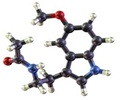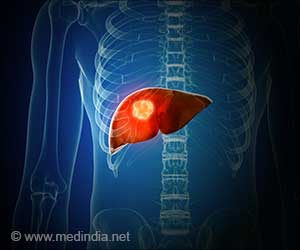A software program that prescribes a regimen for avoiding jet lag using timed light exposure has been created by researchers at Brigham and Women's Hospital and the University of Michigan.
A software program that prescribes a regimen for avoiding jet lag using timed light exposure has been created by researchers at Brigham and Women's Hospital and the University of Michigan.
The method has been described in the open-access journal PLoS Computational Biology.Traveling across several times zones can cause an individual to experience jet lag, which includes trouble sleeping at night and difficulty remaining awake during the day. These effects largely reflect de-synchronization between the body"s internal time clock and local environmental cues.
Now, the program, which seeks to re-synchronize the body with its new environment, considers inputs like background light level and the number of time zones traveled. Then, based on a mathematical model, the program gives users exact times of the day when they should apply countermeasures such as bright light to intervene and reduce the effects of jet lag.
Timed light exposure is a well known synchronization method, and when used properly, this intervention can reset an individual"s internal clock to align with local time. The result is more efficient sleep, a decrease in fatigue, and an increase in cognitive performance. Poorly timed light exposure can prolong the re-synchronization process.
Using their computational method, researchers simulated shifting sleep-wake schedules and the subsequent light interventions for realigning internal clocks with local time.
They found that the mathematical computation resulted in quicker design of schedules and also predictions of substantial performance improvements. They were able to show that the computation provided the optimal result for timing light exposure to reduce jet lag symptoms.
Advertisement
"Although this method is not yet available to the public, it has direct implications for designing schedules for jet lag, shift-work, and extreme environments, such as in space, undersea or in polar regions," the expert added.
Advertisement
Source-ANI
LIN









